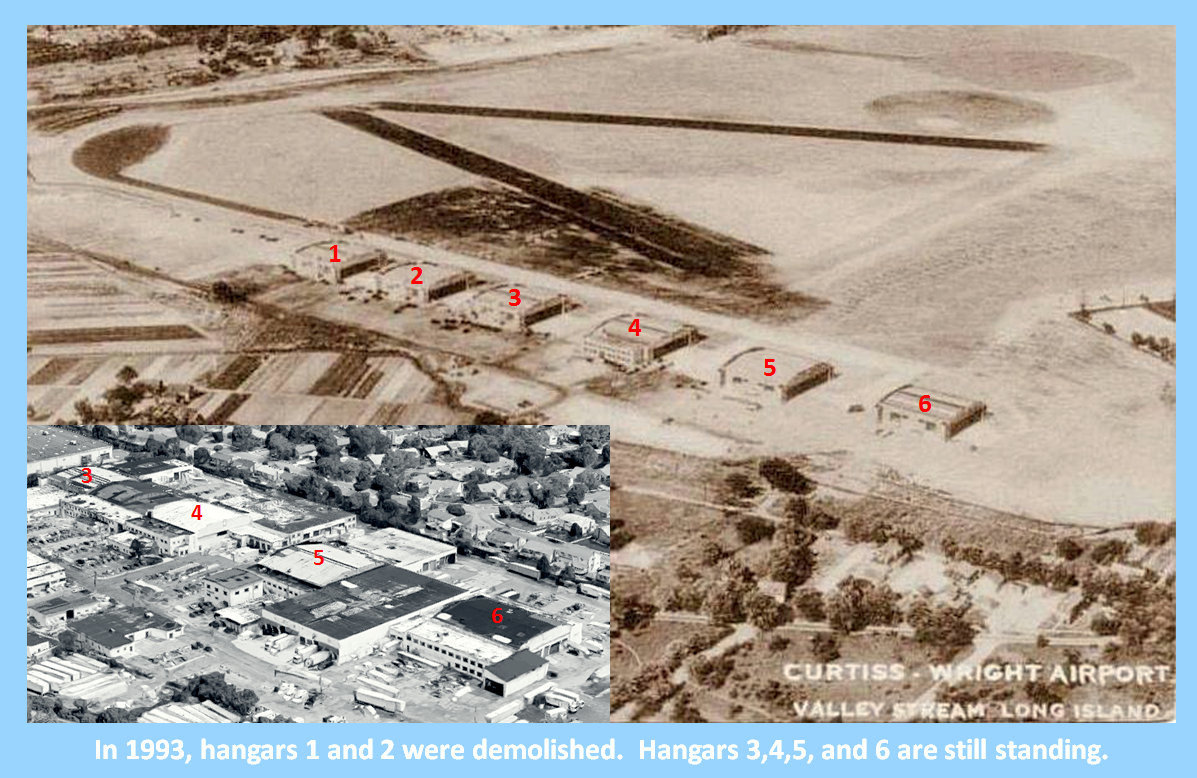South of Sunrise – from farmland to runways (Part I of II)
“In 1876, Mr. Reisert and I rented land in Valley Stream. Much of it was swamp, but we cleared it and grew spinach, lettuce, celery, cabbage, peas, turnips, and potatoes. The swamp was so densely wooded that I have known men to get lost in it. We eventually bought the land, and now we have almost 300 acres,” wrote Anna Reisert in the April 1924 issue of “Farm and Fireside.”
Barnstorming was the most popular form of entertainment during the Roaring Twenties and where better to stage air shows and offer plane rides, than the sprawling Reisert farm? All the great aviators of that time wowed audiences in Valley Stream — including Charles Lindbergh, and Wiley Post. The lack of Federal Aviation Regulations allowed barnstorming to flourish.
In 1928, the Advanced Aircraft Corp. leased land on the western edge of the Reisert farm and opened the Advance Sunrise Airport. Their tenancy was short-lived. In 1929, the Curtiss-Wright Flying Service (named by the once competing aviation pioneers Glenn Curtiss and the Wright brothers) purchased the Reisert farm for a reported $2 million. They moved their commercial airport and school for pilots and mechanics from Mineola to Valley Stream (both locations were called Curtiss Field). “The Reiserts had hoped to harvest an early crop, but development of the airfield began at once,” stated the April 22, 1929, issue of “The Standard Union.” Hundreds of planes used the facility daily — it was the largest commercial airport on Long Island at the time. That same year, the Ninety-Nines, an international organization of licensed women pilots (named for the 99 charter members) was founded in Valley Stream. Amelia Earhart was elected the organization’s first president in 1931.
“The plan is to eventually transform the airport into a great air terminal containing a small city within itself. It will include a casino, an administration building, six hangars, a rotunda, a repair base, a motor shop, a cafeteria, two national exposition buildings and a complete flying school,” reported the August 4, 1929, issue of the “Brooklyn Daily Eagle.” “The field, which lies along the new Sunrise Highway, will include space for parking of 10,000 cars. The airport will be surrounded by parks, sunken gardens, and outdoor lounging areas. Dormitories will be built for students desiring to make their headquarters at the field as well as residences for instructors.” Many transformations did take place — seven hangars (including one for the flight school), three macadam runways, repair shops, etc. The more grandiose visions did not.
In 1929, an estimated 10,000 spectators were on hand to welcome “The Land of the Soviets,” a twin-engine monoplane that left Moscow on August twenty-third and landed at Curtiss Field on November first. The actual flying time was 141 hours, a distance of 13,000 miles. Lindbergh was there to greet the crew of four. In 1930, the U.S. Naval Reserve Aviation Base opened, and squadron training commenced. That same year, the French fliers Dieudonné Costes and Maurice Bellonte accomplished aviation’s most difficult non-stop flight, from east to west, crossing the Atlantic from Paris to Curtiss Field. In 1931, Leroy Grumman moved his fledgling aircraft company to the airport but left for Farmingdale the following year.
Correction: A previous version of this story erroneously stated that famed African American aviator Bessie Coleman had made flights at Valley Stream's Curtiss Field. She had flown out of the Curtiss Field in Garden City.






